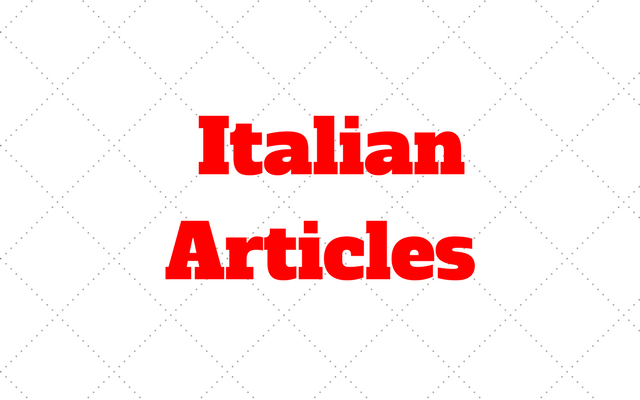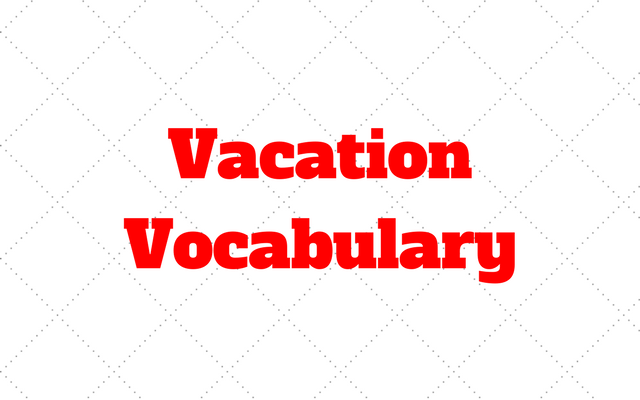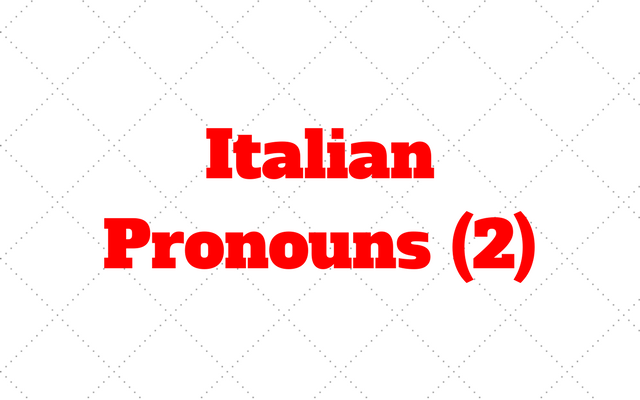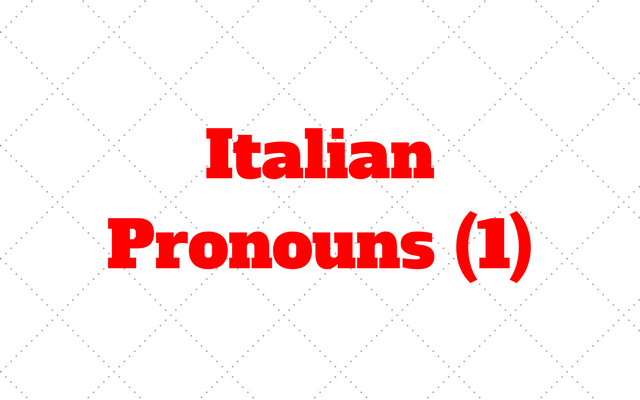
If you’re here, you’re probably interested in the Italian language and culture. Perhaps you already know a few words, and, most likely these words are Greetings such as “Ciao” and “Buona Sera”. However, Italian language counts many different ways to greet someone; their use depends on the situation and on the relationship between the talkers. Let’s find out together the main greetings and their everyday use!
Ciao! – Hello
“Ciao, come stai?” – Hello, how are you?
By far the most popular Italian greeting, but also the trickiest!
“Ciao” is the most common way to say hello and goodbye, but only in informal situations, for example:
– when you meet a person you already know or a friend:
Ciao Francesca, tutto bene?
– it is used by young people, when they talk to someone their own age:
Ciao, sai dov’è il pub “Il Merlo”?
It wouldn’t be used in a formal situation, to address someone like a teacher, or a boss, or someone you don’t know, especially if they are older than you.
When used to say “goodbye”, it may also double: Ciao Ciao! (Bye-bye)
***Interesting fact: This greeting comes from the Venetian word “Sciao” (Italian: Schiavo), which means “slave”. This word, in fact, was used by the slaves to greet their master, with the sentence “I’m your slave”.
Salve! – Hello
“Salve” is perfect for those situations in between formal and informal. A great way to greet someone with politeness and the right amount of formality!
Some examples:
At the Doctor’s – Salve Dottore, il bambino ha la febbre!
At the shop – Salve, dove posso trovare i tovaglioli?
Buongiorno! – Good morning
“Buongiorno!”, literally translated as “Good day”, can be used as Good Morning. It belongs to both formal and unformal situations: it is a standard greeting. You can say “Buongiorno” in the morning and in the early afternoon, before the evening comes.
A variety of “Buongiorno” is “Buondì!” (-Dì means giorno).
Buon pomeriggio! – Good afternoon
You can use “Buon pomeriggio” in formal situations, usually between 1 pm and 5 pm.
Buona sera! – Good evening
It is a formal greeting, used generally after 5 pm.
Buona notte! – Good night
“Buona notte” is a formal and informal greeting. It is used at night, to say goodbye and to wish a good rest to the person you’re talking to.
Buon proseguimento! – “Good continuation”
It can be used when you leave a party or a family reunion, to wish the other participants a nice rest of the evening or event.
For example:
E’ tardi, vado a casa… Buon proseguimento a tutti!
Arrivederci! – Goodbye
“Arrivederci” is a standard formal greeting, used to say goodbye.
Sometimes, it may happen you hear or read “Addio” somewhere. Addio is another way to say goodbye: it has a more fictional/romantic meaning than Arrivederci; it also means that the two people engaging in conversation may not see each other anymore.
Pronto – Hello
Driiiiin, the phone rings! It’s time for you to say “Pronto, chi parla?” (Hello, who’s speaking?)
Salute! – Cheers!
We hope you’ve enjoyed our little lesson about Greetings. It is time to relax now, perhaps with some great Italian wine…Cheers! Salute!






